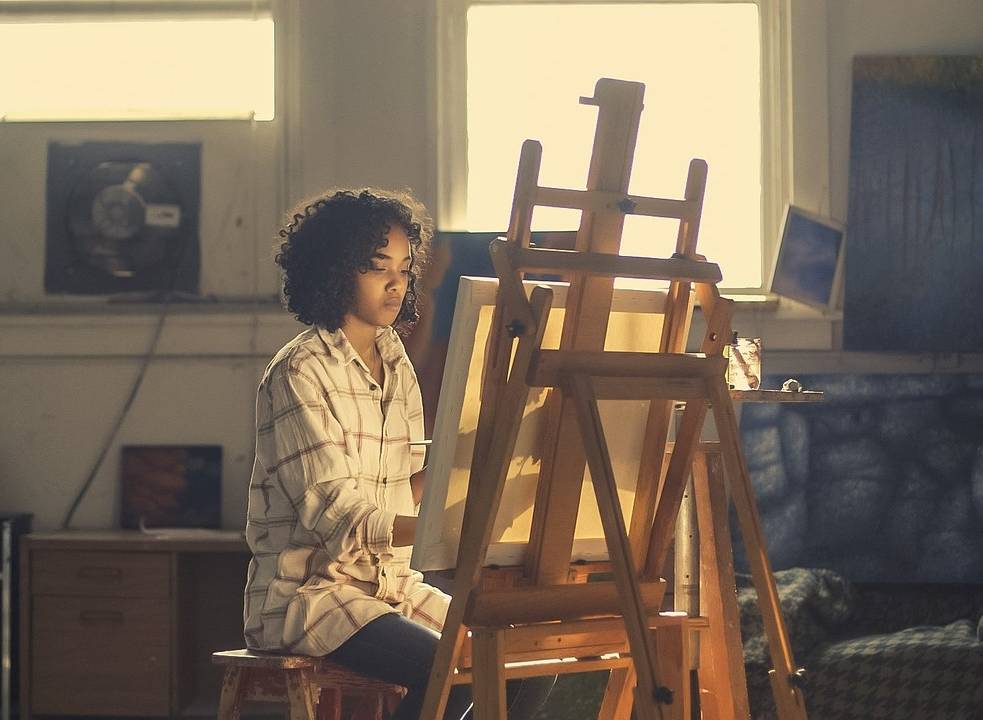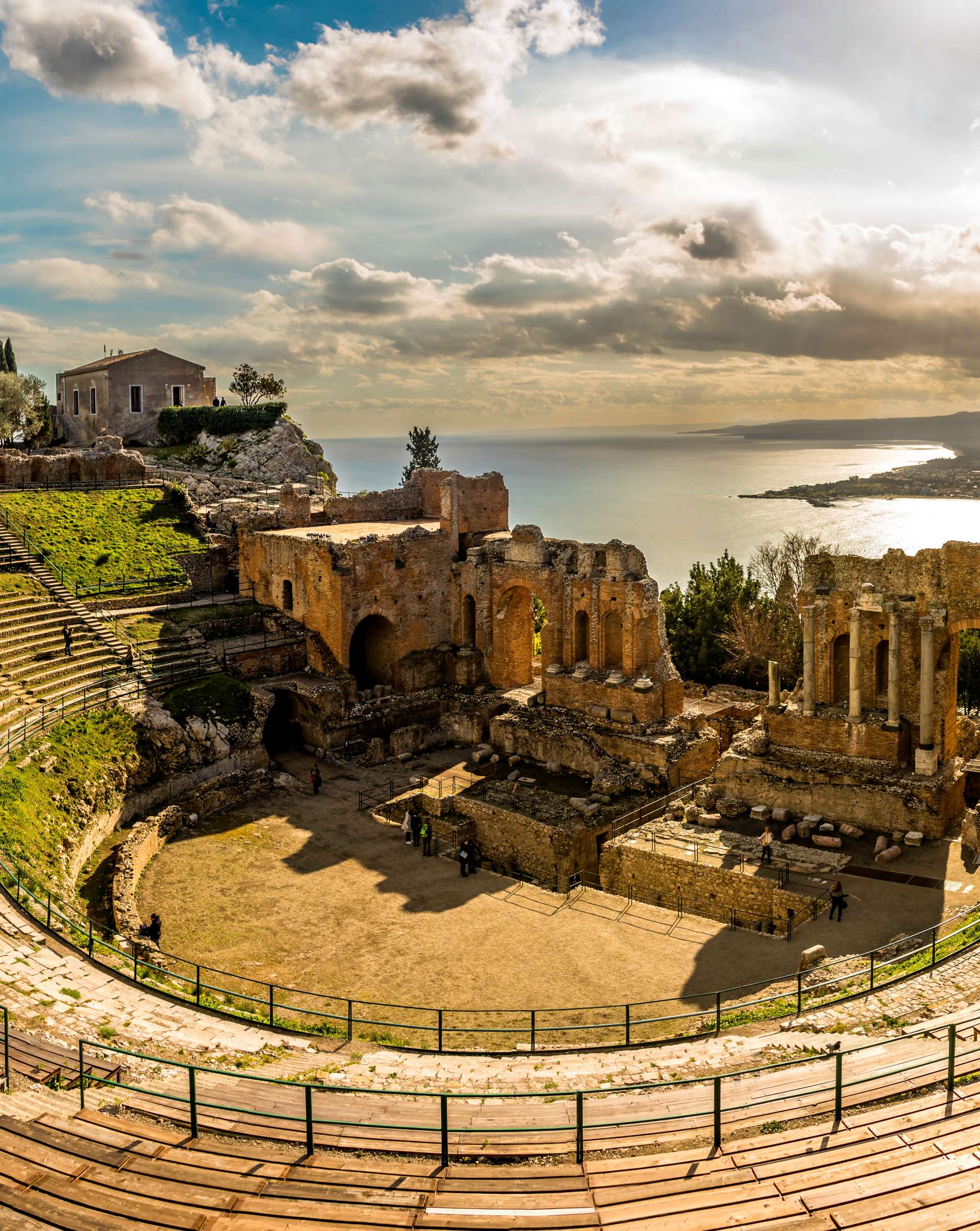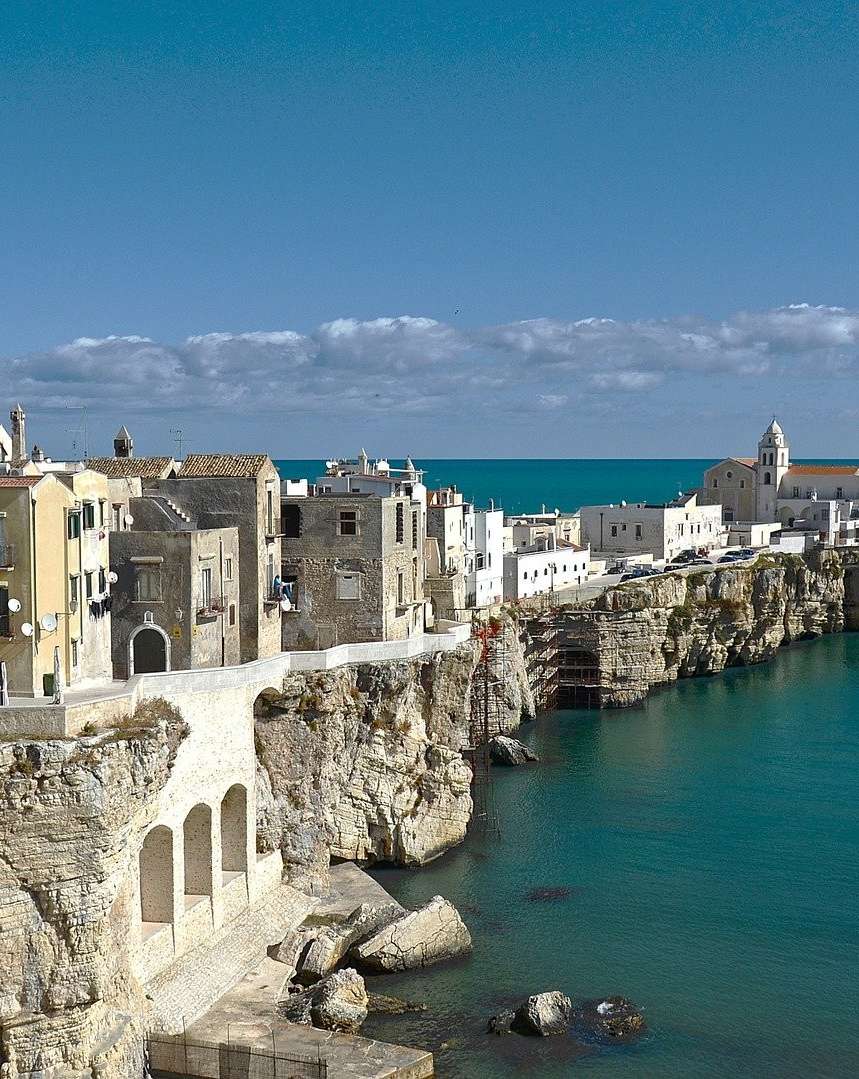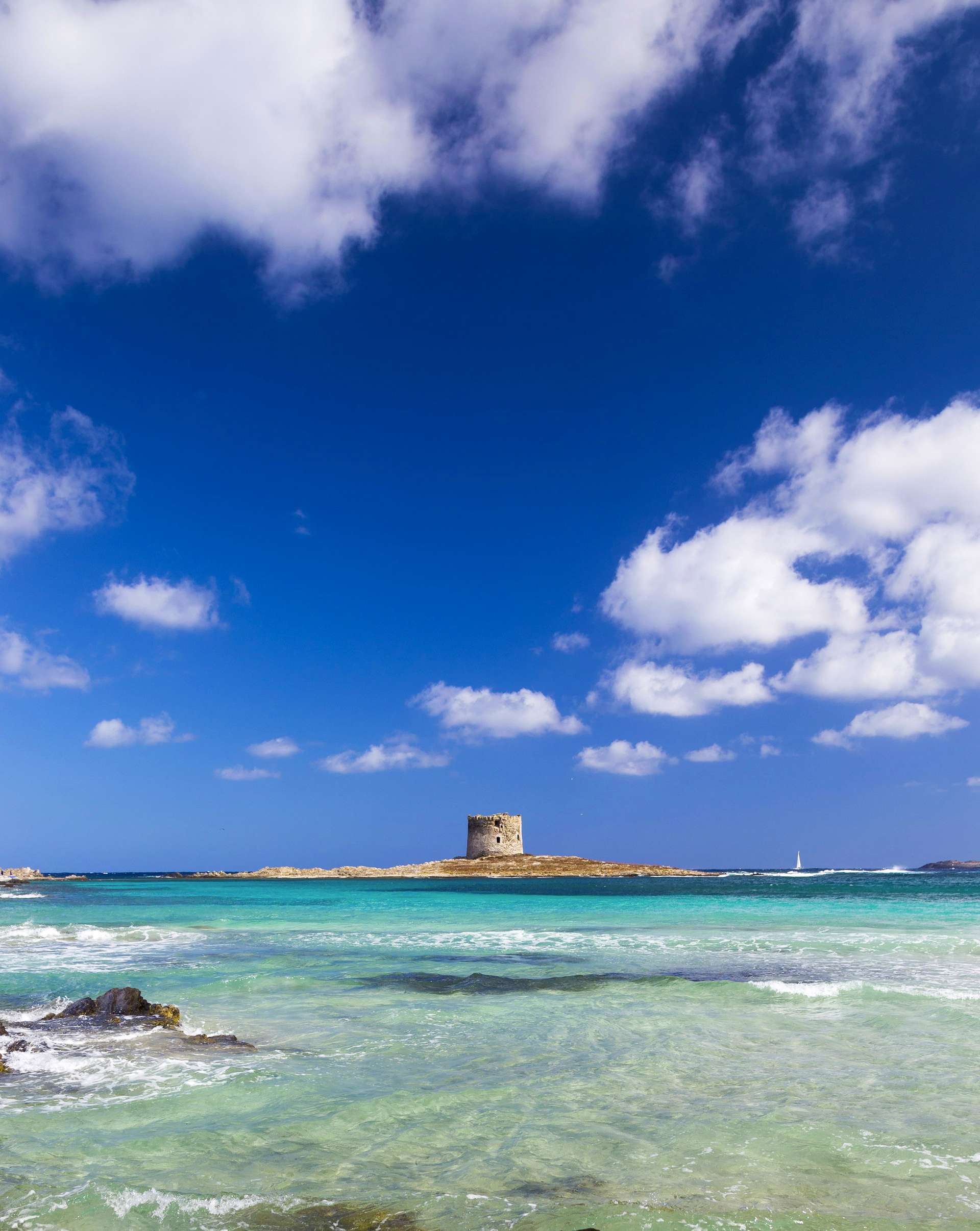
The Art Market and Current Trends
February 24, 2024The art market is a complex and continuously evolving ecosystem, influenced by a multitude of economic, cultural, and social factors. In recent years, we have witnessed significant changes in purchasing trends, the valuation of artworks, and the ways in which artists and collectors interact.
This article explores current trends in the art market, analyzes the factors influencing the value of artworks, and offers advice on making informed investment decisions.
Analysis of current trends in the art market
The art market today is characterized by increasing digitalization. Online sales have become a fundamental component, especially following the restrictions imposed by the COVID-19 pandemic. Digital platforms, online auctions, and virtual galleries have opened new avenues for the purchase and sale of artworks, making them accessible to a broader global audience. This digital transition has also fostered the emergence of new art forms, such as digital art and Non-Fungible Tokens (NFTs), which are redefining the traditional boundaries of collectible art.
Another observed trend is the growing interest in emerging and lesser-known artists. Collectors and investors are increasingly seeking out new talents, driven by the desire to discover original and potentially profitable works. This interest translates into growing support for the contemporary art scene, with a particular focus on diversity and inclusivity.
Interviews with industry experts on market trends
Interviews conducted with gallery owners, curators, and art consultants confirm the dynamism of the art market. According to them, a key factor in the current market is the personalization of the purchasing experience. Collectors seek a more personal and meaningful connection with the art they acquire, often interested in the history and creative process behind the works.
Experts also emphasize the importance of sustainability and ethics in the contemporary art market. The provenance of artworks, sustainable practices of artists and galleries, and respect for cultural and intellectual rights are becoming important criteria for buyers.

Factors Influencing the Value of Artworks
The value of an artwork is determined by a combination of intrinsic and extrinsic factors. Among these, rarity, condition, provenance, and the historical and cultural significance of the work play a crucial role. However, in the current context, the artist's reputation, media visibility, and market trends also have a significant impact on the value of artworks.
Another factor to consider is the change in collectors' tastes and preferences. Interest in certain historical periods, styles, or artistic movements can vary over time, influencing demand and, consequently, the value of corresponding works.
How to Make Informed Investment Decisions in Art
Investing in art requires a deep understanding of the market and a well-defined strategy. Here are some tips for making informed decisions:
Thorough research. Before making an investment, it is crucial to conduct detailed research on the artist, the artwork, and market trends. Consulting auction catalogs, sales databases, and specialized publications can provide valuable information.
Professional advice. Working with art consultants or experienced gallery owners can offer access to exclusive investment opportunities and personalized advice based on years of experience in the art market.
Diversification. Like any other type of investment, diversification can help mitigate risks. Consider artworks by different artists, from different periods and styles, to build a balanced portfolio.
Long-term vision. Art is often considered a long-term investment. Market fluctuations may influence the value of artworks in the short term, but a long-term vision allows navigating through these fluctuations with greater confidence.
Ethics and sustainability. Investing in artists and galleries that adhere to ethical principles and sustainable practices is not only morally correct but can also positively influence the long-term value of artworks.
Conclusion
The art market is more vibrant and diversified than ever, with new trends emerging in response to social, technological, and economic changes. Staying informed and adopting a holistic and conscious approach to art investments can not only enrich one's collection but also positively contribute to the global artistic landscape. As always, the key to successfully navigating the art market lies in research, a passion for art itself, and collaboration with industry professionals.
...
WeVillas is not just synonymous with luxury.
It's a true emblem of a lifestyle. And the intersection of art, luxury, and lifestyle transforms every stay into a cultural and emotional journey.
We are always ready to offer you the best luxury travel experience!
We are a young and enthusiastic group, working in luxury tourism for over 10 years. We personally select the villas we offer to our clients and ensure they meet the highest standards from every perspective.
For our clients, we seek only the best, nothing less!
Insights
How to create a meaningful and personal art collection
Valutating and authenticating artworks
The Art Market and Current Trends
Identifying the Style and Artistic Interest in Art Collections
Exploring the world of art collecting
The succession of the art collection: a guide for collectors and heirs
From galleries to auctions: where to find artworks for your collection










